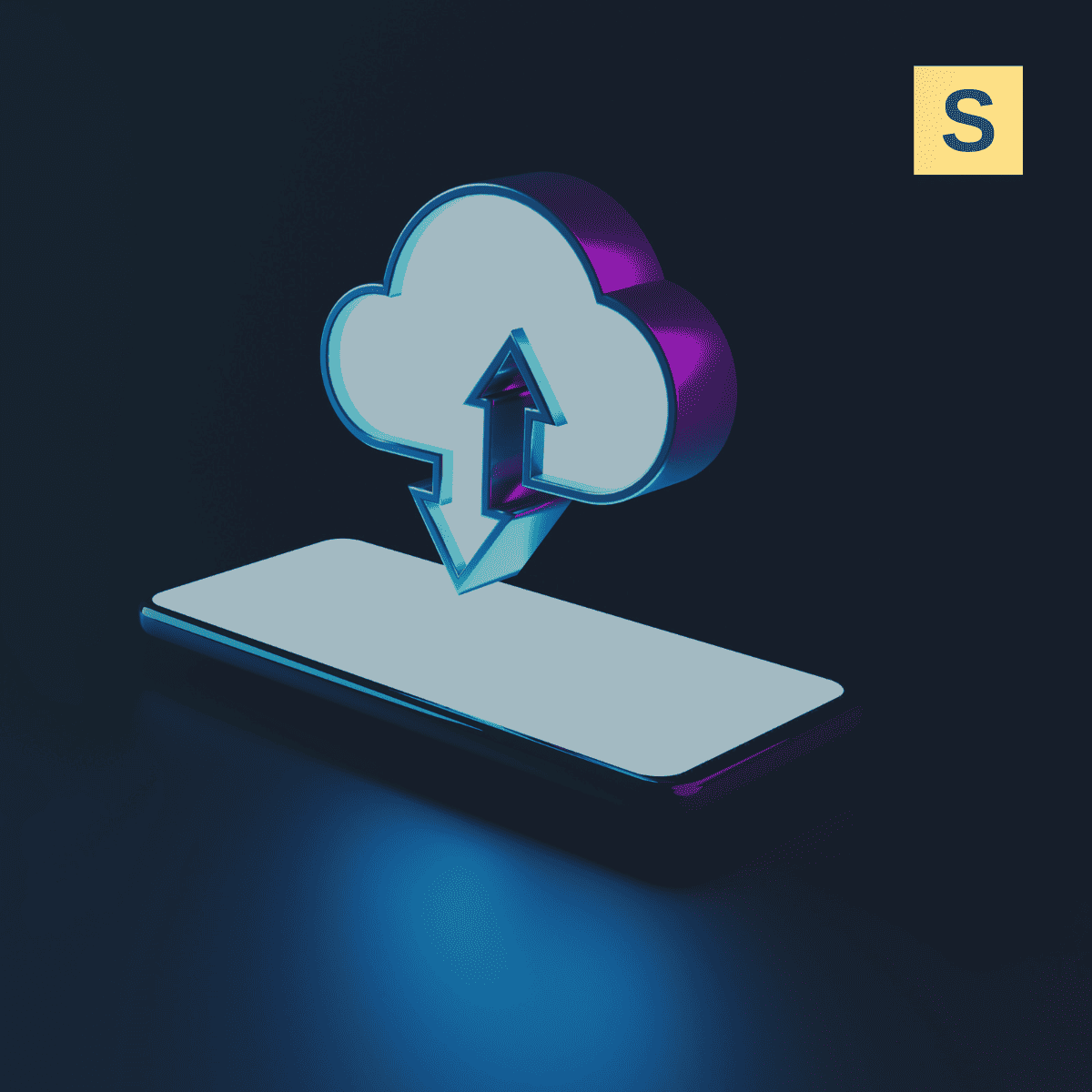Application Programming Interface, or API, is a collection of rules and protocols that allows applications to interact with each other, sharing data and functionality.
What does API stand for in technology?
API stands for Application Programming Interface. Unlike a user interface that links a computer to a human user, an Application Programming Interface connects different software solutions or their components to one another.
APIs help software engineers reuse the functionality of existing services instead of developing them from scratch. This significantly speeds up and simplifies the SaaS product development process.
API examples include embedding Google Maps into an app or integrating Stripe to process payments.
What is Web API?
A Web API is an Application Programming Interface that is accessible over the Internet using standard web protocols, such as HTTP or HTTPS. The term is often used as a synonym for REST API.
What are the different types of APIs?
There are four common API architectures or approaches: REST, SOAP, RPC, and GraphQL.
- REST: It’s based on a client-server architecture that separates the front-end and back-end, and uses HTTP or HTTPS protocols for communication. REST API is the most popular API type used in modern applications.
- SOAP: It uses XML to structure messages and operates over HTTP, SMTP, or other protocols. SOAP follows strict rules and is less flexible than REST APIs. It’s usually used in enterprise or legacy applications.
- gRPC: A modern, open-source API framework developed by Google that uses Protocol Buffers for data exchange. It supports multiple languages and is commonly used for communication between microservices.
- GraphQL: It’s a query language for APIs that allows for using a single endpoint instead of fixed endpoints to help clients request exactly the data they need. It’s typically used in applications where clients need to request specific subsets of data from complex data sources. These include social networks, e-commerce platforms, and content management systems.
How to create an API?
The 7 key steps of the API development process include the following:
- Designing API endpoints to map out what your API does, how it's accessed, and organized for others to use.
- Implementing Authentication and Authorization to ensure only authorized users can access certain endpoints.
- Standardizing request and response formats to ensure consistency in data structures.
- Testing APIs to ensure endpoints behave as expected.
- Providing clear documentation for each endpoint.
- Choosing a hosting platform and setting up CI/CD pipelines to deploy your APIs.
- Implementing logging and monitoring to track usage and performance.
Building APIs requires detailed tech and business analysis to properly plan functionality, architecture, and integration strategies.
Check out more SaaS terms in our SaaS glossary for business leaders.
Build and scale your software products with Seedium
Seedium is a trusted web & mobile development company that helps businesses build and scale their software solutions. Since 2017, we have successfully launched over 200 products in more than 15 industries, including SaaS, HRTech, and HealthTech.
Seedium offers a wide range of design & development services to help you achieve your business goals efficiently:
- Web & mobile application development;
- UX/UI & product design;
- Custom software development & integrations;
- AI development;
- Scaling product architecture;
- Providing dedicated development teams.
Feel free to contact us to start a conversation about your project. Let’s build something great together!




